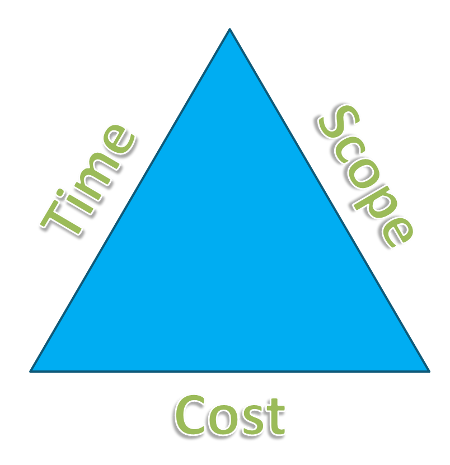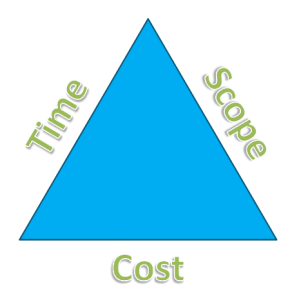 It’s the beginning of your workday and you’re already frustrated and tired. You pull yourself away from your email and think about everything that has to be done today. You should make a to-do list, but quite frankly, you just don’t have time for that.
It’s the beginning of your workday and you’re already frustrated and tired. You pull yourself away from your email and think about everything that has to be done today. You should make a to-do list, but quite frankly, you just don’t have time for that.
So, you mentally go through the list kept in your head and pick the most urgent task. 30-minutes in you remember that you promised to email something to someone you met networking yesterday. That should be a quick 5 minute task, so you start doing that. It takes a bit longer then expected to pull that information together and 20 minutes and a Facebook check later you’re trying to remember what you were working on at the beginning of the morning.
You get frustrated because you don’t have time to sit around trying to remember what you were doing! You suddenly think of something else that needs to get done and 15 minutes into that task you remember what you were working on earlier.
You’ve only been working for a couple hours and you’re already exhausted and frustrated and you have this nagging feeling that you’re forgetting a really important task. Annoyed, you get up and go to the kitchen to make yourself a cup of coffee, maybe that will jog your memory.
But really, wouldn’t it be nice if your morning looked like this:
It’s the beginning of your workday and you’re calm, collected and a bit excited to get started! You look at the to-do list you created for yourself last night. There’s a couple high priority tasks that you want to do and some phone calls and emails to send.
Good thing you have systems in place for these things.The highest priority task is for a presentation late next week that you almost forgot about and some of your phone calls are to reconnect with people you talked to a few months ago – you would have totally forgot!
You smile thinking about the possible opportunities that will present themselves today and start with your highest priority task, thinking about the people that will benefit from your presentation next week as you work.
After a couple hours (and a quick break for water) you’re done with the first draft of your presentation. You put it away and head to the kitchen for a snack and a break. You’re feeling happy and looking forward to the rest of your day.
Which scenario most looks like your morning right now? Which one do you want it to be?
There’s more going on here than one person took the time to plan their day and the other didn’t. That’s more a symptom than the cause of the exhaustion and frustration.
And it’s not that one person is just more driven than the other, more committed to success (although some people might disagree with me).
The energy between the two mornings is completely different. The first morning is stressful, scattered and tiring, while the second morning is calm, confident and focused.
So, if the planning and to-do lists are just a symptom or side effect, what are they a symptom of?
Take a look at the difference in language between the two. The first morning is full of have to‘s and should‘s, with feelings of worry and stress. The second morning is want to‘s and opportunities, with feelings of excitement and focus.
Again, the language is a symptom, but it get’s us closer. Your language can give you insights to your thoughts and beliefs that might not immediately be obvious. The first morning’s thoughts and beliefs are around not having enough time. While the second morning’s thoughts and beliefs are about opportunities and effortless focus. It doesn’t even occur to her that there’s not enough time.
So, what can you do? One small change you can make is to update your language. When you hear yourself say “I have to” or “I need to” change it to “I want to.” If that seems impossible, ask what would need to happen to be able to change that to an “I want to”?
And of course there are other things you can do too. In the Productivity Insight Process I go deep with you into these topics. We identify exactly where you are and I give you a personalized suggestions for how to shift from the stressful day you’re currently having to the calm, opportunity filled one that you want.
Share with me below what your morning looks like, or what you’re going to change.









